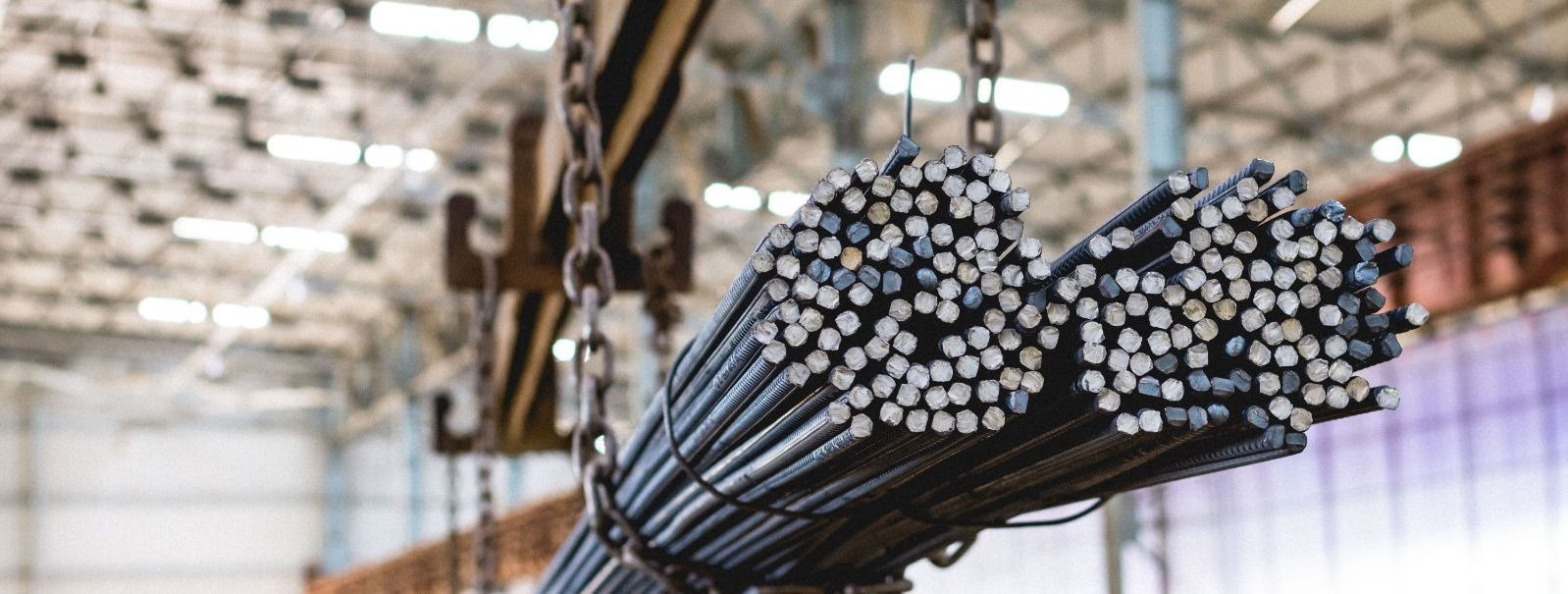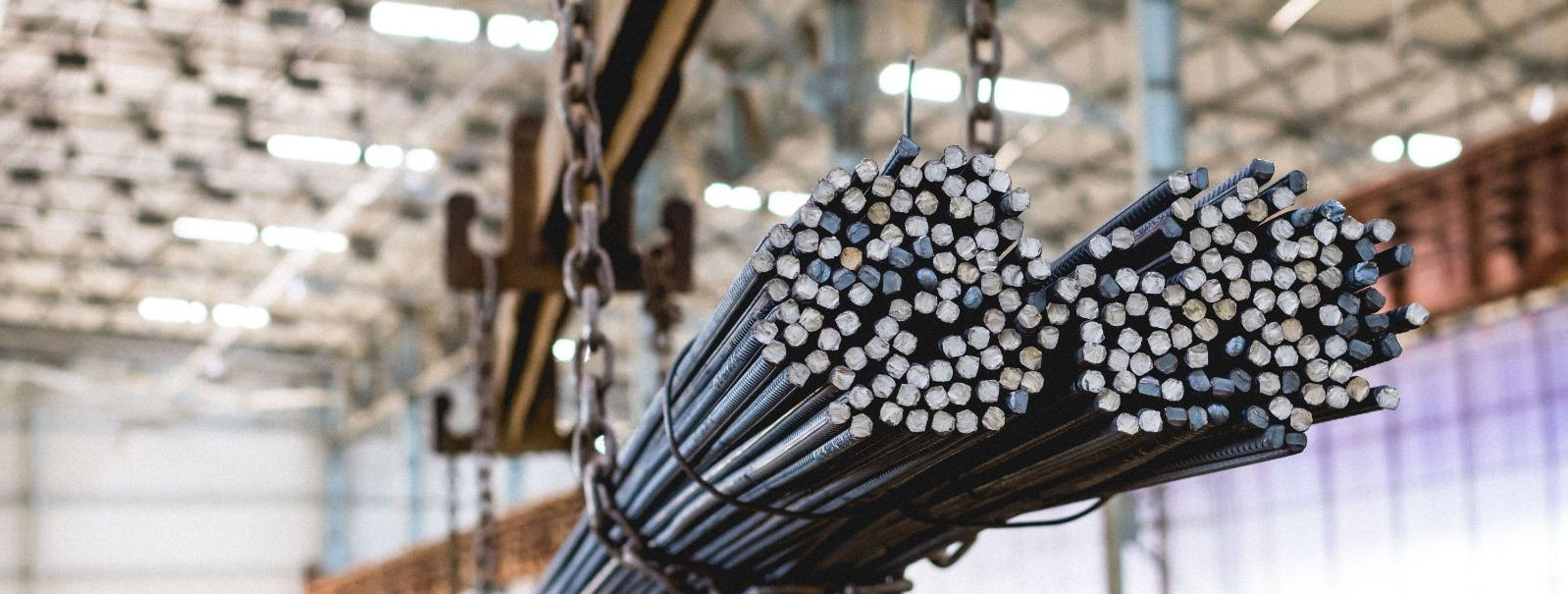Why Is Industrial Hemp Beneficial?
Hemp, a plant with a rich history spanning thousands of years, now stands at the forefront of a health and sustainability revolution. While CBD has garnered significant attention for its therapeutic potential, the value of hemp extends far beyond this single compound. This blog explores the numerous ways hemp heals both people and the planet.
Hemp has been cultivated for millennia for its fibers, seeds, and oil. Its uses have ranged from textiles and paper to food and medicine, playing a crucial role in the development of civilizations.
Although CBD is an important component of hemp, the plant’s other elements—including additional cannabinoids, terpenes, and phytonutrients—also contribute to its healing properties. Additionally, hemp offers nutritional, environmental, and industrial benefits that are often overlooked.
The Nutritional Profile of Hemp Seeds
Hemp seeds are a powerhouse of nutrients, providing an ideal balance of essential fatty acids, proteins, and a variety of vitamins and minerals crucial for maintaining good health.
- Rich in Omega-3 and Omega-6 Fatty Acids: Hemp seeds promote heart health and reduce inflammation.
- High-Quality Protein: Hemp seeds are an excellent source of protein, making them a valuable dietary option for vegetarians.
- Loaded with Vitamins and Minerals: Hemp seeds contain vitamin E, B vitamins, and magnesium, supporting immune function, bone health, and energy production.
Hemp Fibers: A Sustainable Material for Innovation
Hemp’s strong fibers are revolutionizing industries by offering sustainable alternatives to traditional materials. Hemp fiber is used in products ranging from biodegradable plastics to construction materials.
- Hempcrete: A mix of hemp fibers and lime, this sustainable building material provides excellent insulation and moisture regulation.
- Bioplastics: Hemp is used to create biodegradable plastics that are less harmful to the environment.
Hemp cultivation requires less water, pesticides, and herbicides compared to traditional crops. Its quick growth cycle makes it a highly renewable resource, helping to reduce deforestation and pollution.
Hemp Oil and Skin Health
Hemp seed oil is gaining popularity in skincare for its ability to nourish and rejuvenate the skin. Its unique composition makes it effective in treating various skin conditions.
- Rich in Essential Fatty Acids: Hemp seed oil helps maintain the skin’s natural barrier, promoting hydration and elasticity.
- Anti-Inflammatory Properties: Useful in managing conditions like eczema, psoriasis, and acne.
- Antioxidant-Rich: Hemp oil helps combat signs of aging by neutralizing free radicals.
Hemp’s Role in Holistic Health Practices
Hemp plays a significant role in holistic health, providing benefits that go beyond mental and physical well-being.
- Stress Reduction and Sleep Improvement: Hemp components like CBD have shown potential in reducing stress and improving sleep quality, contributing to overall health.
- Immune Support: Hemp helps maintain homeostasis in the body, which is essential for disease prevention and health promotion.
Industrial Hemp and Environmental Restoration
Industrial hemp provides not only sustainable materials but also contributes to environmental restoration through its ability to rejuvenate soil and sequester carbon, making it a leader in eco-friendly practices.
- Phytoremediation: Hemp has the remarkable ability to clean contaminated soil by absorbing pollutants.
- Carbon Sequestration: Hemp captures carbon dioxide from the atmosphere and stores it in its fibers, helping to combat climate change.
As industries seek alternatives to materials that contribute to pollution, hemp emerges as a viable, eco-friendly choice. Its versatility and sustainability make it an attractive option for a greener future.
Discover the sustainable and healing potential of hemp with ORGANIC STEEL OÜ. Contact us to explore eco-friendly solutions tailored to your health and environmental needs.






Comments (0)